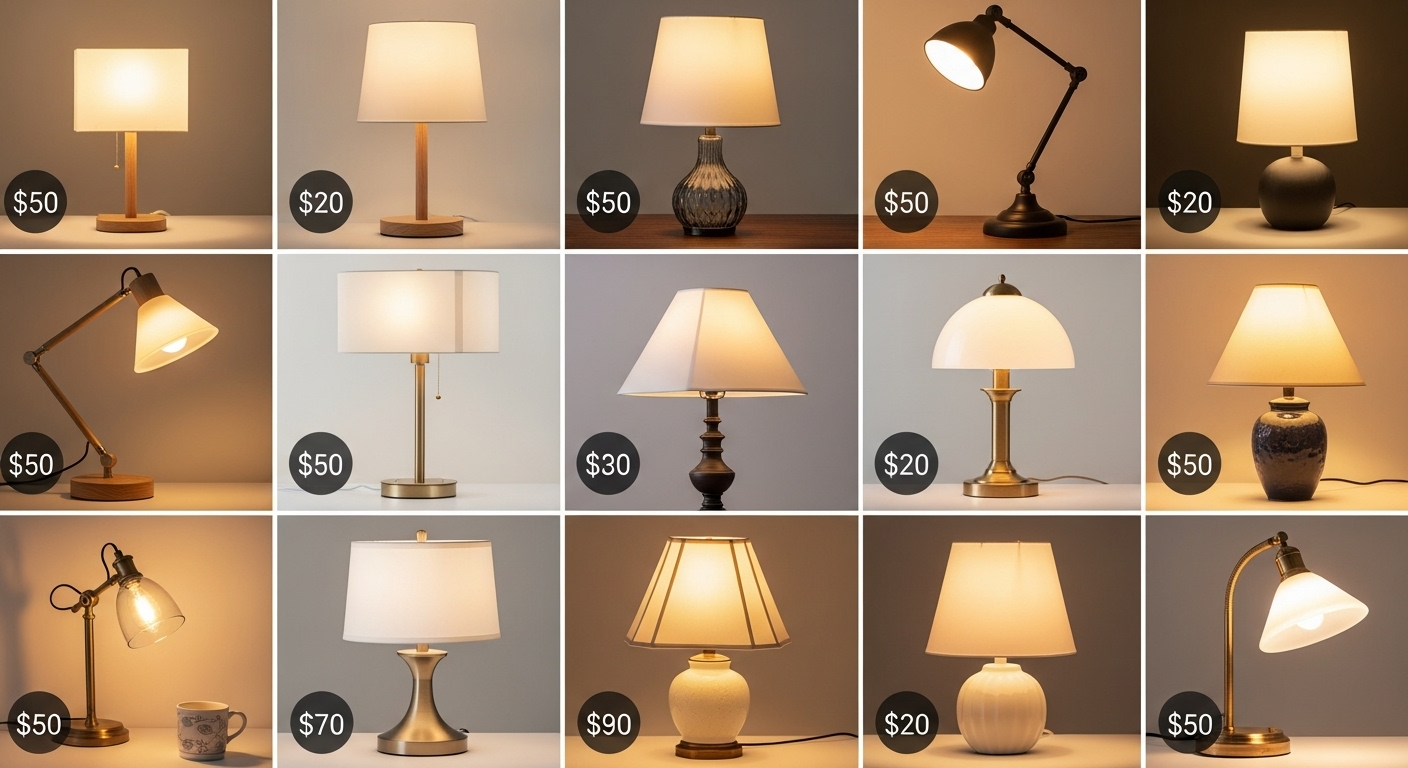How to Choose the Right Light Bulb for Your Lamp
When it comes to lighting your home or office, selecting the right light bulb for your lamp is crucial. It not only affects the ambiance and mood of the room but also impacts your energy bills and environmental footprint. In this guide, we’ll walk you through the essential factors to consider when choosing the ideal light bulb for your needs.
1. Understand Your Lamp’s Specifications
Before purchasing a light bulb, it’s important to know the specifications of your lamp. Check the lamp’s manual or base for recommended wattage and bulb type to prevent overheating or damage. Using a bulb with too high wattage can be hazardous, while a lower wattage bulb may not provide sufficient lighting.
2. Choose the Right Type of Bulb
There are several types of light bulbs available, each with its unique features and benefits:
- Incandescent Bulbs: Known for their warm, inviting glow, incandescent bulbs are great for creating a cozy atmosphere. However, they consume more energy and have a shorter lifespan compared to other options.
- LED Bulbs: LED bulbs are energy-efficient, long-lasting, and available in various color temperatures. They’re an excellent choice for most lamps and can significantly reduce energy costs over time.
- CFL Bulbs: Compact Fluorescent Lamps (CFLs) are energy-efficient and cheaper upfront but take a few seconds to reach full brightness. They are suitable for locations where the light stays on for extended periods.
- Halogen Bulbs: Halogen bulbs offer a bright and clear light akin to natural daylight. They’re more energy-efficient than traditional incandescents but not as efficient as LEDs.
3. Consider the Bulb’s Brightness and Color Temperature
The brightness of a light bulb is measured in lumens, not watts. More lumens mean a brighter light. When selecting bulbs, consider how bright you want your space to be and choose accordingly. For example, a reading lamp might require a bulb with higher lumens compared to a decorative lamp.
Color temperature affects the mood of a room. Measured in Kelvin (K), lower temperatures (2700-3000K) emit a warm, yellow light, while higher temperatures (5000K and above) produce a cool, blue light. Determine the type of ambiance you want before choosing the color temperature.
4. Evaluate the Bulb Shape and Base
Light bulbs come in various shapes and base sizes. Ensure the bulb you choose fits properly in your lamp. Common bases include the standard screw (E26/E27) and smaller versions for desk lamps (E12). Shapes like globe, candle, and floodlight each serve different purposes, so select one that complements your lamp’s design and function.
5. Make Energy Efficiency a Priority
Given the increasing emphasis on sustainability, energy-efficient bulbs like LEDs are becoming the norm. They consume less power and have a longer lifespan compared to traditional bulbs, ultimately saving you money and reducing your environmental impact. When selecting a bulb, always look for the Energy Star label, indicating high efficiency.
Conclusion
Choosing the right light bulb is more than just picking the first one off the shelf. Consider your lamp’s specifications, the type of bulb, desired brightness and color temperature, shape and base compatibility, and energy efficiency. Taking the time to select the right bulb will not only enhance your living space but also benefit your wallet and the planet in the long run.





